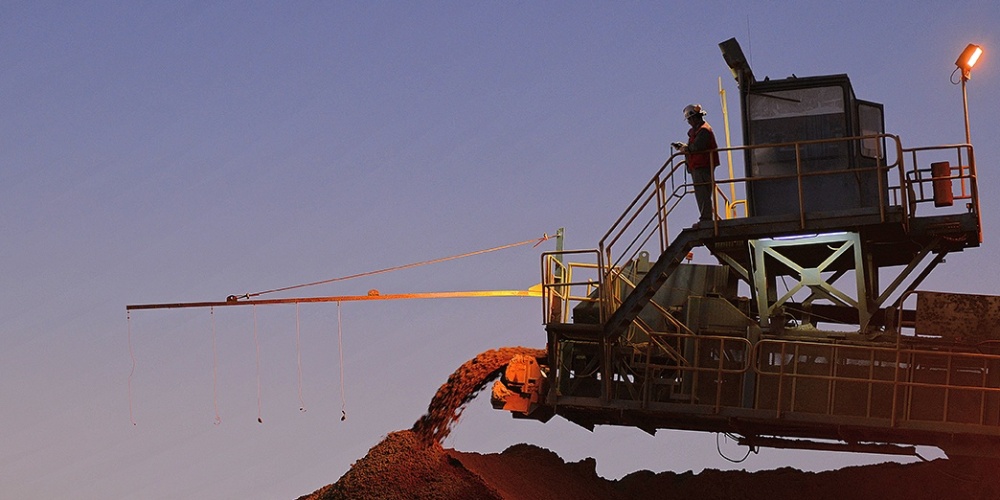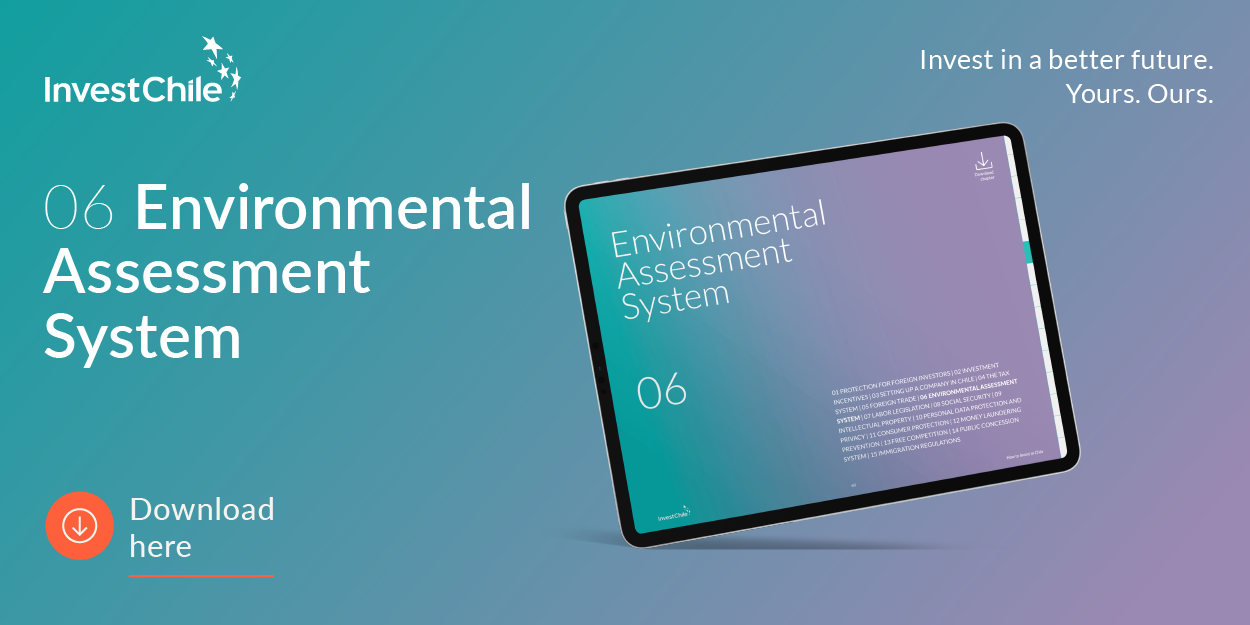Using renewables is helping the industry cut costs and reduce polluting emissions. It is a concern that is growing among some of the largest consumers of raw materials, some of whom are keen to burnish their environmental credentials.

Mining has long had a reputation for being a dirty, polluting industry. Now it hopes to change that by going green.
A rapid fall in the cost of solar and wind power has made renewable energy a viable alternative for miners, who need a huge amount of power to dig, crush and process the minerals needed for everyday life.
Some of the largest mining companies — from Antofagasta to Newmont Mining — are intensifying efforts to strike deals with local electric grids for supply of renewable energy and in remoter areas to use on-site generators powered by solar panels and batteries.
Reducing emissions from the mining industry is critical not only for mitigating the effects of climate change, but also for making sure new technologies such as electric cars use materials that are produced sustainably.
It is a concern that is growing among some of the largest consumers of raw materials, some of whom are keen to burnish their environmental credentials. In May, Apple agreed to invest in a carbon-free joint venture to produce aluminium with Rio Tinto and producer Alcoa. It is a trend that is only set to continue as more countries put a price on carbon emissions.
Digging minerals from the earth requires huge amounts of energy, with mines often running 24 hours a day, seven days a week. Energy can account for up to a third of a mine’s operating costs, making it a critical focus of cost control for mining companies, who are battling to cope with muted prices for metals from copper to gold.
The improved economics of renewable energy has made it an increasingly attractive option, since in many cases it can reduce exposure to volatile diesel prices, according to analysts at rating agency Fitch.
“In an environment where miners will remain committed to keeping costs down, the use of renewables offers significant cost-reduction potential,” they said.
In July, Chilean copper miner Antofagasta struck a deal with Chilean utility Colbun to provide it with 550 gigawatt hours of electricity a year from renewable sources including hydropower, solar and wind, for ten years starting in July 2020.
The deal will make the Zaldivar copper mine, which Antofagasta jointly owns with Canada’s Barrick Gold, the first mine in the South American country to operate on 100 per cent renewable energy.
It will also reduce the company’s energy costs, according to Antofagasta’s chief executive Iván Arriagada.
“In recent years, the incorporation of newer energy sources such as solar and wind into Chile’s power grid have led to a new reliable, competitively priced source of energy which we believe will change the footprint of the long-term supply of energy in Chile,” says Mr Arriagada. “We are working on increasing our use of renewables at all of our operations at competitive prices.”
In many countries in Africa, renewable energy is an attractive way to reduce reliance on expensive and polluting diesel-powered generators. US gold miner Newmont has started to use a mobile solar power array at its Akyem gold mining operation in Ghana.
The company has also signed an agreement with Ghanaian utility Volta River Authority to purchase power from a 8MW solar plant being constructed.
“Anything we can do to reduce the exposure to external fuel sources is advantageous,” Elaine Dorward-King, Newmont’s executive vice-president for sustainability, says.
Glasgow-based temporary power provider Aggreko offers a combined solar and diesel hybrid solutions to remote mines, which it says are about 20 to 30 per cent cheaper than running diesel generators alone.
“The longer the contract, the more competitive we can offer solar power for,” says Karim Wazni, managing director for microgrids and storage solutions at Aggreko.
Last year the company signed a 10-year deal to provide solar power to the Bisha copper and zinc mine in Eritrea, owned by Canadian miner Nevsun, from a 7.5MW on-site solar plant.
Still, the cost of batteries means there is an economic limit to how much power can be provided by renewable energy, Mr Wazni said. That threshold is normally about 20 per cent of a mine’s energy supply, beyond which the cost of the batteries outweighs the cost of diesel. “There’s no technical limitation but there’s an economic optimum,” Mr Wazni says.
Are you from a mining company? Click here for new opportunities for mining innovation in Chile.
Source: Financial Times



%2017.11.51.png)

